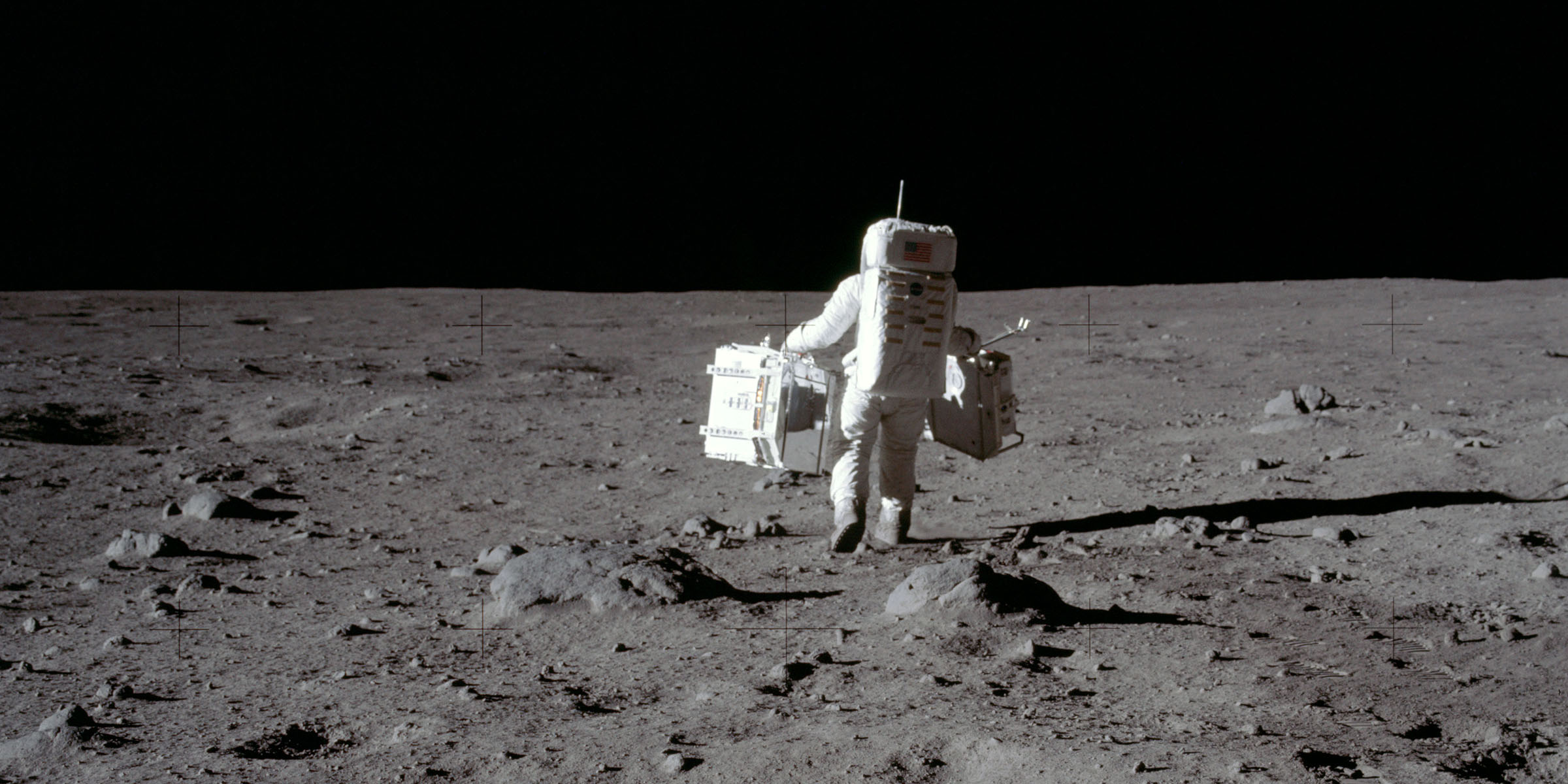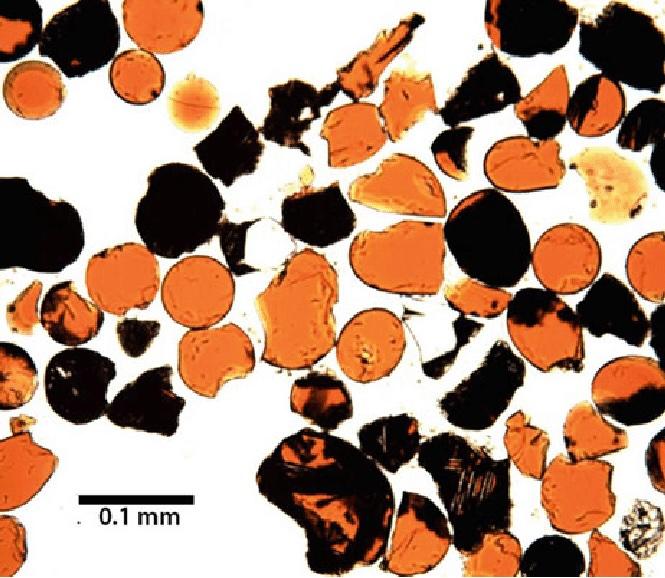A forum for discussing and organizing recreational softball and baseball games and leagues in the greater Halifax area.
When the Apollo astronauts landed on the Moon, they discovered drifts of tiny orange glass beads, each less than 1 mm across, and formed about 3.6 billion years ago.
-
When the Apollo astronauts landed on the Moon, they discovered drifts of tiny orange glass beads, each less than 1 mm across, and formed about 3.6 billion years ago. Their origin was a mystery, but new research instruments have revealed their secrets. According to researchers, the beads are capsules of the lunar interior, when tiny lava particles in an eruption solidified instantly in the lunar vacuum environment. They show how lunar volcanoes changed over time.

Why the moon shimmers with shiny glass beads
Using a variety of microscopic analysis techniques not available when the Apollo astronauts first returned samples from the moon, physicist Ryan Ogliore, at Washington University in St. Louis, helped unlock the secrets of tiny lunar beads.

The Source (source.washu.edu)
